
5:12

Understanding how metaphors are used in the Bible is an essential tool for reading biblical poetry. Anytime someone describes one thing to give meaning to something else, they are using metaphorical thinking. Metaphors are everywhere in the Bible and in our everyday speech. In this video, we’ll explore this crucial aspect of biblical language.

Episode 11

Episode 1
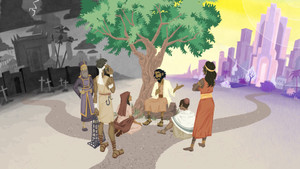
Episode 2

Episode 3
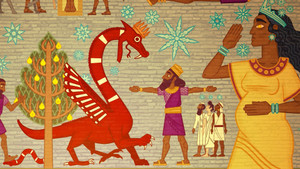
Episode 4

Episode 5

Episode 6
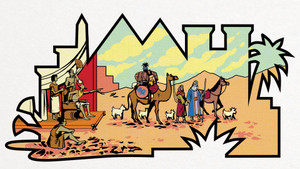
Episode 7
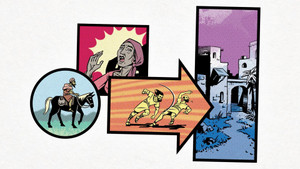
Episode 8
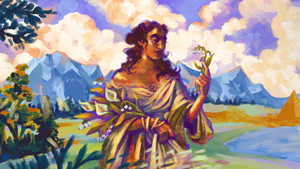
Episode 9
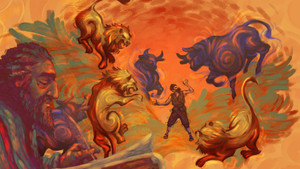
Episode 10

Episode 11
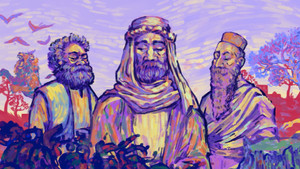
Episode 12

Episode 13
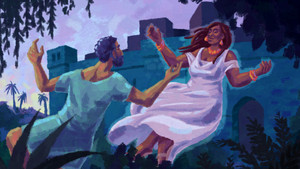
Episode 14

Episode 15
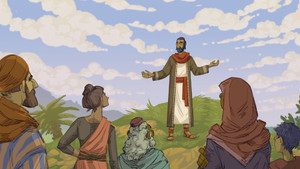
Episode 16

Episode 17
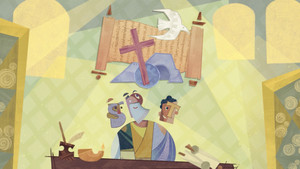
Episode 18
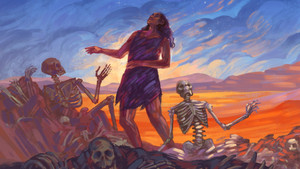
Episode 19